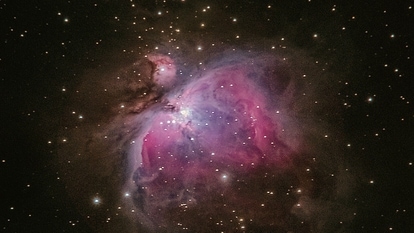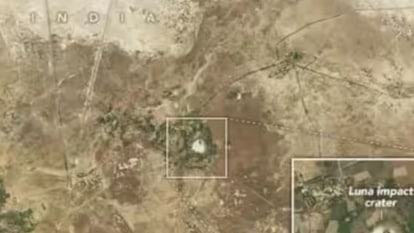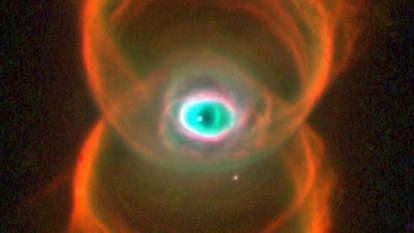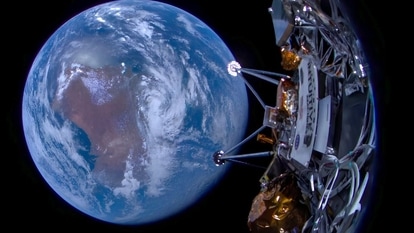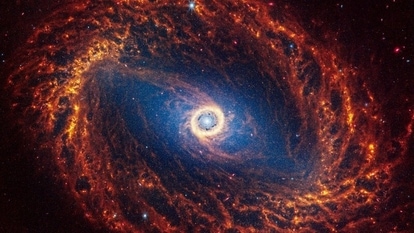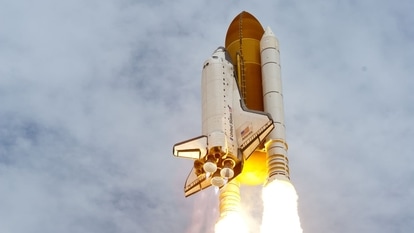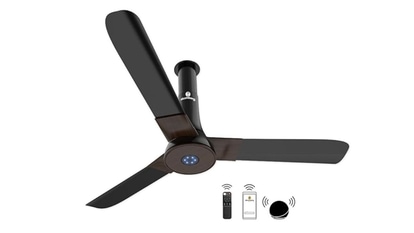NASA Astronomy Picture of the Day 14 March 2023: Stellar Soul Nebula
NASA’s Astronomy Picture of the Day is a mesmerizing snapshot of the Soul Nebula, located about 6500 light-years away.
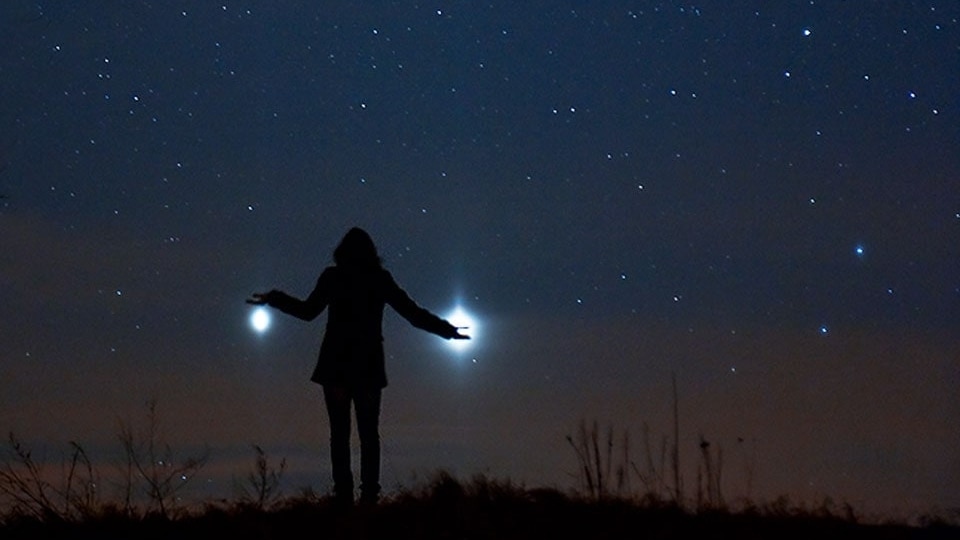
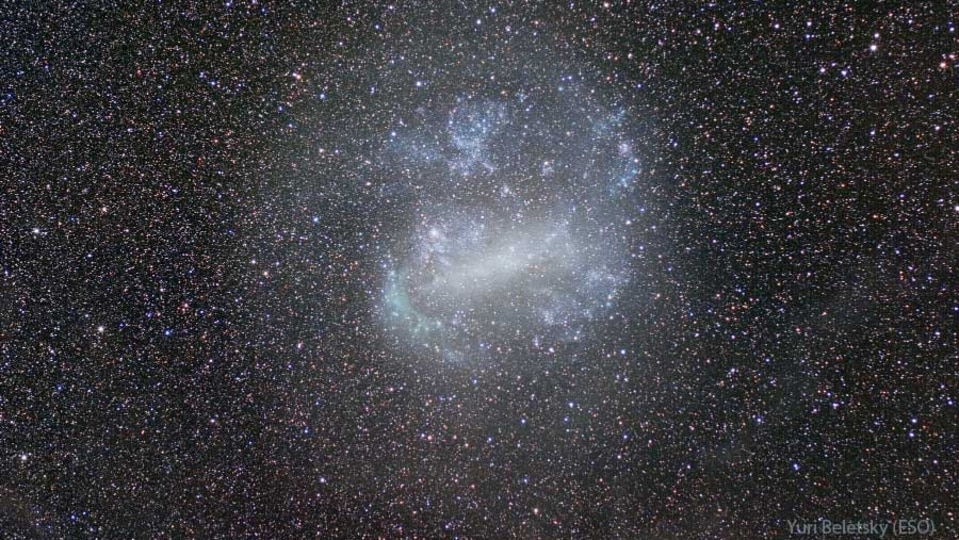
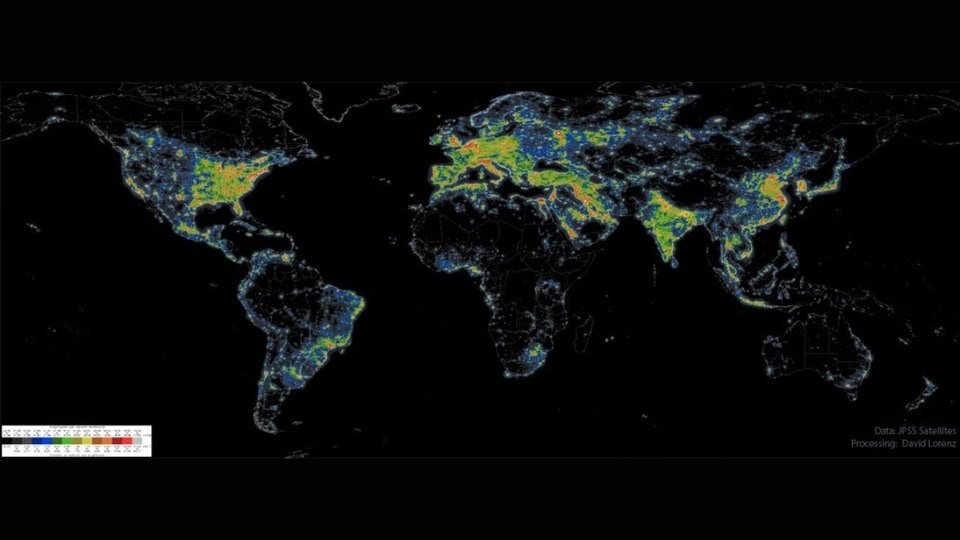
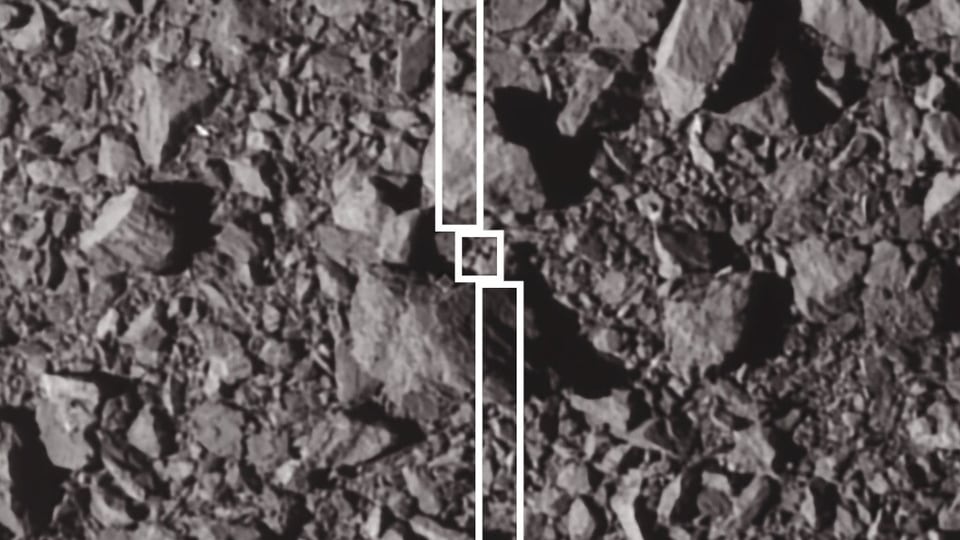
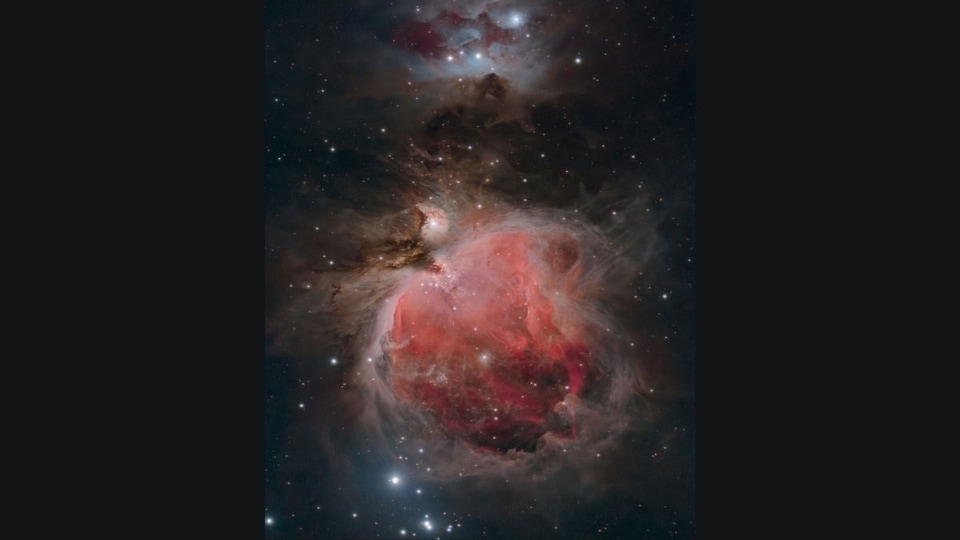
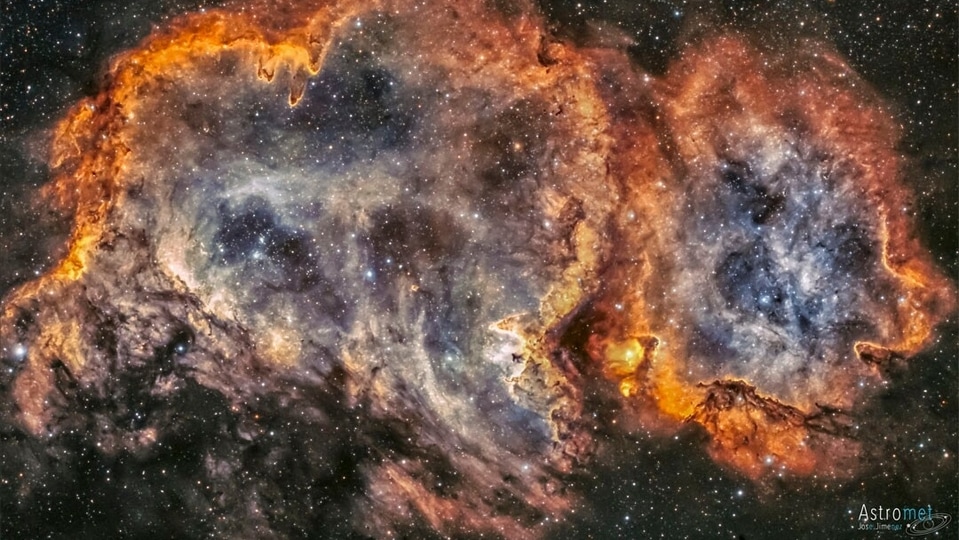
 View all Images
View all ImagesA nebula is an accumulation of gas and dust in space, typically located within the Interstellar space separating stars, as per NASA. Two types of nebulae exist: ones that are formed from the remains of a dying star and those that act as areas where new stars are created. For this reason, Nebulae are also known as Star Nurseries. Although numerous nebulae are located at great distances, advanced technology such as the Spitzer Space Telescope, the Hubble Space Telescope, and the newly launched James Webb Space Telescope has enabled NASA to observe and study these amazing celestial objects.
Today's NASA's Astronomy Picture of the Day is a mesmerizing snapshot of IC 1848, also known as the Soul Nebula. It is an open cluster of stars spanning about 150 light-years across and located 6500 light-years away. It lies in the constellation Cassiopeia alongside another Nebula known as the Heart Nebula. Together, both these Nebulae form the Heart & Soul Nebulae. Both nebulas shine brightly in the red light of energized hydrogen.
Light takes about 6,000 years to reach us from these nebulas, which together span roughly 300 light years. Studies of stars and clusters like those found in the Heart and Soul nebulas have focused on how massive stars form and how they affect their environment. The picture was captured by astronomer Jose Jimenez.
NASA's description of the picture
Stars are forming in the Soul of the Queen of Aethopia. More specifically, a large star forming region called the Soul Nebula can be found in the direction of the constellation Cassiopeia, whom Greek mythology credits as the vain wife of a King who long ago ruled lands surrounding the upper Nile river. Also known as Westerhout 5 (W5), the Soul Nebula houses several open clusters of stars, ridges and pillars darkened by cosmic dust, and huge evacuated bubbles formed by the winds of young massive stars.
Located about 6,500 light years away, the Soul Nebula spans about 100 light years and is usually imaged next to its celestial neighbor the Heart Nebula (IC 1805). The featured image is a composite of exposures made in different colors: red as emitted by hydrogen gas, yellow as emitted by sulfur, and blue as emitted by oxygen.
Catch all the Latest Tech News, Mobile News, Laptop News, Gaming news, Wearables News , How To News, also keep up with us on Whatsapp channel,Twitter, Facebook, Google News, and Instagram. For our latest videos, subscribe to our YouTube channel.



